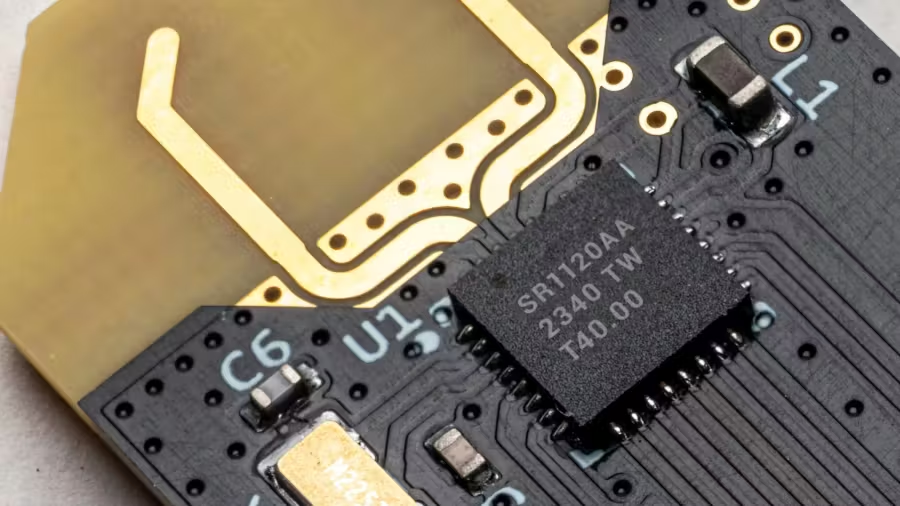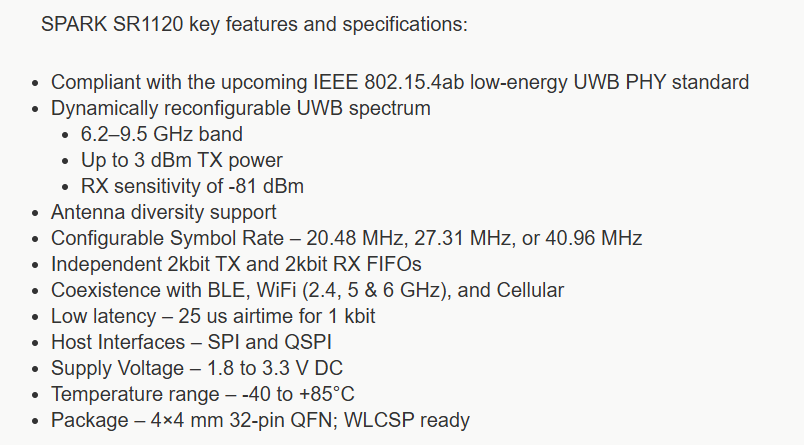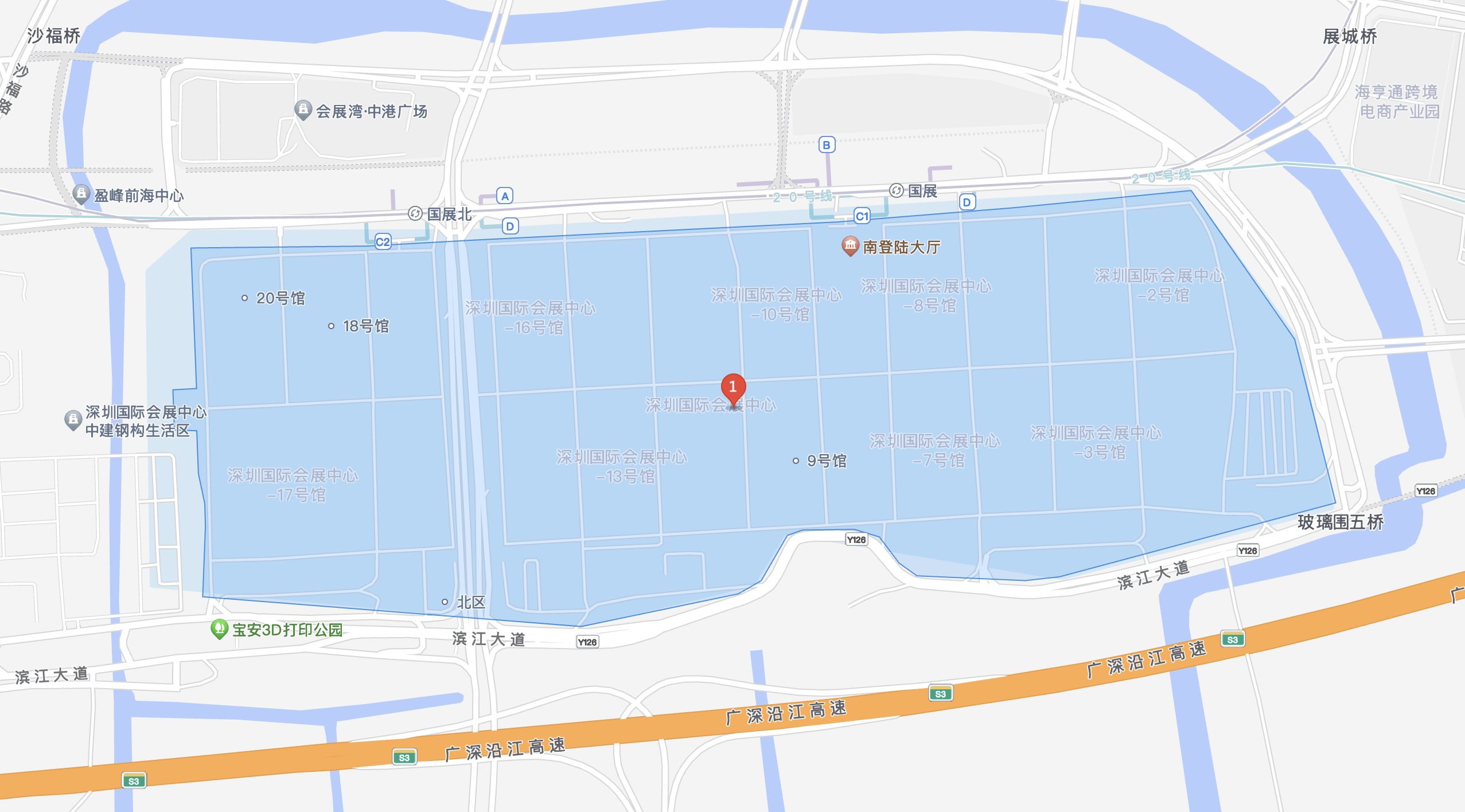Recently, Canadian UWB manufacturer SPARK Microsystems launched the second-generation ultra-wideband (UWB) wireless transceiver SR1120. According to reports, SR1120 further consolidates SPARK's leading position in data transmission, while significantly reducing power consumption, latency and enhancing anti-interference capabilities compared to Bluetooth, Wi-Fi and 2.4 GHz radios.

Data rate is 40 times higher than Bluetooth chips
SPARK emphasizes that the data throughput of the new SR1120 chip is ahead of Bluetooth, with data rates increased from 20 times to 40 times (40.96Mbps), while maintaining the established advantage over Wi-Fi performance, and the power consumption is about 25 times lower than Bluetooth, and the latency is reduced by 60 times.
In addition to its powerful data communication capabilities, the SR1120 achieves more competitive ranging performance at about 1/100 of the power consumption of other UWB products on the market that are only used for ranging and positioning. Compared with the previous generation SPARK SR1020, the new SR1120 expands the coverage range by about 50% and supports multi-antenna configurations using the 6.2 to 9.5 GHz free licensed spectrum.
SPARK also promises that the chip complies with the IEEE 802.15.4ab physical layer standard, enabling low-energy ultra-wideband communications. The chip includes SPI and Quad-SPI interfaces, can operate from a 1.8-3.3VDC supply, and can "aggressively duty cycle" in the default configuration, making it "several orders of magnitude more energy efficient than traditional Internet of Things (IoT) solutions."

It is worth noting that the current maximum transmission rate of low-power Bluetooth (BLE) can reach 2 Mbps. In contrast, the speed of SR1120 is actually only about 20 times faster than Bluetooth. In order to meet the needs of devices for higher data throughput, the Bluetooth Technology Alliance plans to launch the Bluetooth High Data Throughput (HDT) project based on BLE. Bluetooth HDT technology will provide data transmission rates of up to 8 Mbps, which will further narrow the gap with SR1120.
Available now, but the price has not yet been announced
The official website shows that SR1120 can be applied to wireless audio streaming, computer peripherals, wearable devices, robots, industrial control systems, IoT devices and even medical interfaces, supporting the development of responsive, efficient and powerful wireless solutions customized for real-time performance.
SPARK believes that UWB has broken through the long-standing performance limitations of traditional short-range wireless technology, promoting its application in games, edge AI applications, audio, and a wide range of IoT use cases including industrial systems, robots and medical devices. In the future, body area networks (BANs) will continue to develop, integrating implantable medical devices and sensors that transmit neural activity in real time. Therefore, wireless data transceivers need to accommodate exponentially growing amounts of data.
In addition, SPARK provides an SDK for the SR1120 series, designed to work with Visual Studio Code (VS Code). It contains application examples using the SPARK Wireless Core and SPARK Audio Core, as well as a BSP that can try these examples on the development kit.
As of the time of publication of the Smart Communication Positioning Circle, the SR1120 is officially available, but the price has not yet been announced. For reference, the previous generation SR1020 kit is priced at US$999 and includes Tx and Rx hardware.
This paper is from Ulink Media, Shenzhen, China, the organizer of IOTE EXPO (IoT Expo in China)



















